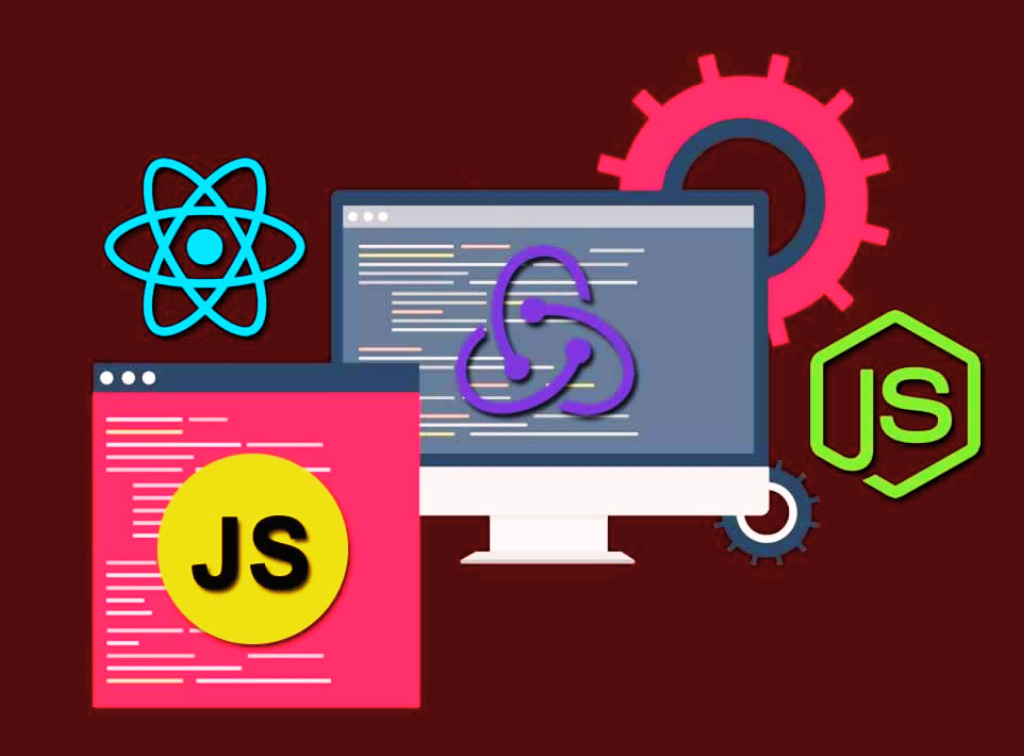Artificial Intelligence (AI) has grown beyond just a buzzword. Today, AI plays a vital role in various industries, solving complex problems and powering innovations. This article introduces you to AI and its development using JavaScript. This language, primarily used to add the interactive elements in web pages, has gained recognition in powering AI thanks to its simplicity, agility, and robust libraries. For beginners looking to get started in AI with JavaScript, this guide paves an easy path.

A Primer on Artificial Intelligence in JavaScript
Artificial Intelligence, at its core, involves enabling machines to perform tasks that usually require human intelligence. These tasks can include speech recognition, learning, planning, and problem-solving. JavaScript, an omnipresent language across the web, holds the reins of AI applications in many ways. Its functional programming, event-driven nature and ability to run on both client and server-side make it an outstanding choice for AI development.
JavaScript’s advantage in AI can be attributed to its vast array of libraries. Libraries like TensorFlow.js, brain.js, and Synaptic.js are examples of how JavaScript can be used to build and train AI models.
TensorFlow.js, for instance, allows developers to create and run machine learning models in Javascript directly in a browser or a Node.js runtime environment. Brain.js simplifies complex tasks by providing an option to use Neural Networks while Synaptic.js offers architecture-free, built-in models that you can experiment with.
JavaScript shines in the realm of AI thanks to Node.js. Node.js allows JavaScript to be used on the server side and has helped in eliminating switching between two different languages on the client and server side. This capability has made JavaScript an all-in-one solution for developing machine learning applications.
Another important aspect of AI in JavaScript is performance. With graphics processing units (GPUs), JavaScript can handle large datasets necessary for AI applications. GPU-accelerated JavaScript libraries like GPU.js offload heavy computations from CPU to GPU, further enhancing the performance of AI applications.
The last aspect worth touching upon in the context of AI in JavaScript is its large, enthusiastic community. If you’re a beginner stuck with a problem, chances are, someone else has either faced it, resolved it and shared the solution in one of JavaScript’s massive, active online communities.
Getting Started with AI Stacks for JavaScript Beginners
Before starting with AI in JavaScript, ensure to have a fair amount of knowledge and understanding in areas like JavaScript basics, Node.js, and understanding of machine learning concepts. Armed with this knowledge, you can then proceed to explore different AI libraries and frameworks.
As a beginner, you should start small. TensorFlow.js is a great starting point. This library comes with pre-trained models and tutorials that give you hands-on experience. After getting comfortable, you can advance to other libraries like Brain.js which provides an option to use Neural Networks or Synaptic.js that performs operations similar to TensorFlow.js.
Next, understanding data pre-processing is crucial. AI applications need large amounts of data and your ability to handle and process this data will have a significant impact on the overall performance of your application. JavaScript libraries such as Danfo.js can assist in dealing with this.
Further, an important aspect to consider when building AI applications is choosing the right tools. For JavaScript, numerous open-source tools are available to speed up the software development process, including Visual Studio Code as code editor, GitHub for version control, and Jasmine for testing.
Finally, remember that learning takes time, trial, and error. Start by building simple models, then gradually increase the complexity. Keep experimenting, learning, and constantly improving. Don’t let failures discourage you, rather, learn from them.
In conclusion, JavaScript is an intuitive, user-friendly, and powerful language when it comes to developing AI applications, making it a great starting point for beginners. Its multitude of libraries and tools make implementation and experimentation more accessible, while its robust and active online community can provide guidance and support. However, just like any other journey into a new field, the road to mastering AI in JavaScript will require patience, practice, and a hunger for continuous learning. Stay curious and unafraid to explore — your journey might lead to the next big revolution in the AI landscape.
Ainu Token aims to offer impartial and trustworthy information on cryptocurrency, finance, trading, and shares. However, we don't provide financial advice and recommend users to conduct their own studies and thorough checks.



Comments (No)